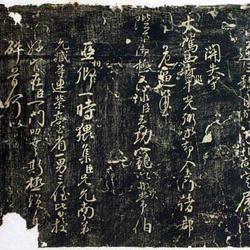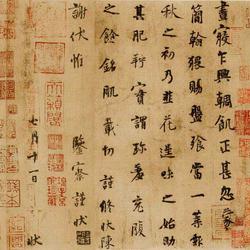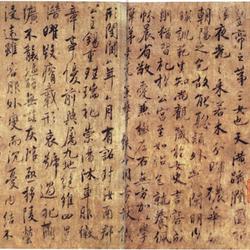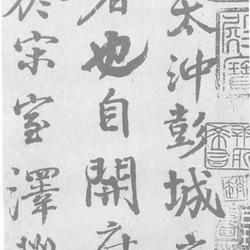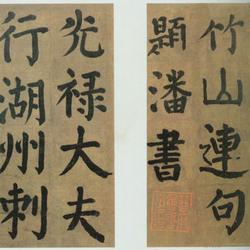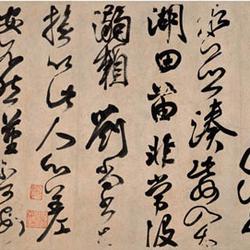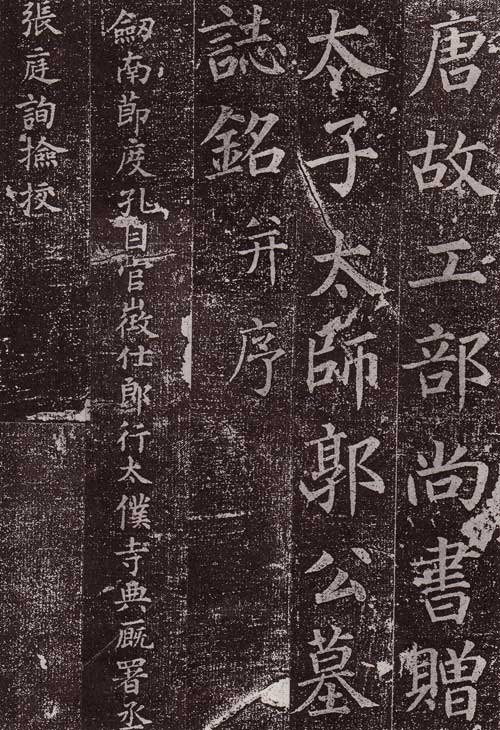
Xinhua News Agency reported a news on June 7, 2001: Archaeologists in Yanshi, Henan Province recently discovered an epitaph of Guo Xuji written and written by the famous calligrapher Yan Zhenqing of the Tang Dynasty in Yanshi. According to the appraisal of relevant experts, this is the earliest calligraphy work of Yan Zhenqing discovered in my country.
This epitaph is made of bluestone, 104.8 centimeters long, 106 centimeters wide and 16 centimeters thick. The seal on the top reads "The epitaph of Guo Gong, the prince and grand master of the Tang Dynasty, presented to him by the minister of the Ministry of Industry and Commerce of the former Tang Dynasty". The four sides are engraved with auspicious animals and patterns. Zhiwen regular script, 35 lines, 34 characters per line, 1150 characters in total, with light lines, dignified and neat fonts, and very fine carving.
This epitaph plays a particularly important role in the history of calligraphy research. The remaining stele of "Confucius Temple" and "Duobao Pagoda Stele" are Yan's early calligraphy works (written in 762 AD) that were discovered in the past. This epitaph was written in the eighth year of Tianbao ( 749 AD), earlier than the above two works. Yan Zhenqing was 41 years old at the time and already had a strong foundation in calligraphy.
The text of the epitaph is regular and unified, with tight character structure and strong writing style. Compared with the earliest photocopy of Duobao Pagoda stele rubbings from the Northern Song Dynasty, it maintains the original style of Yan's regular script and is a valuable material for studying the early achievements of Yan style calligraphy. .
According to experts, this epitaph supplements some deficiencies in Tang history, indirectly reflects the major events that occurred between the Tang Dynasty and Tubo at that time, and some of the true historical conditions, and is of certain value to historical research. This epitaph is now kept in the Yanshi Mall Museum.

